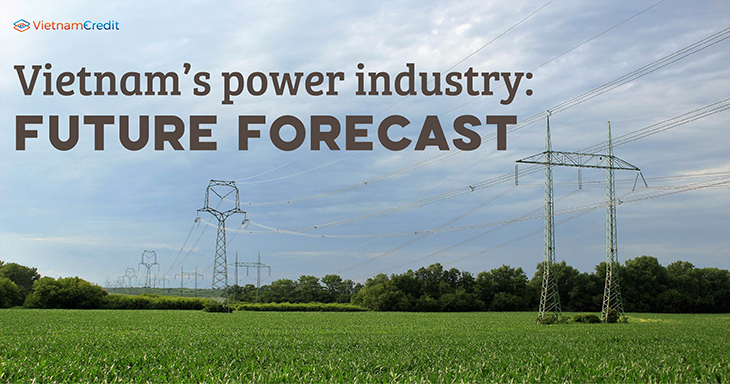In recent years, the demand for electricity for production and socio-economic development has been increasing, which is a great challenge for the energy industry because coal, oil and gas are increasingly depleted. Therefore, there has been a shift from exploiting traditional energy sources to developing renewable energy around the world in general and in Vietnam in particular.
Growth of global renewable power
Currently, the world's hydroelectricity output reaches 4,222 TWh, equivalent to a share of 60.1% (down from 98.1% in 1965). Biomass electricity has a slight growth in output, but its proportion is decreasing. Wind and solar power, with an output of 1,429 TWh and 724 TWh, respectively, contribute 20.3% and 10.3% to the global renewable electricity system. In the period 2010 - 2019, the world's wind power and solar power production increased by 3.12 and 20.47 times, respectively.
Renewable energy sources contribute an average of 15.7% to the global power system. The US and China recorded the proportion of renewable energy at 16.7% and 14.9%, respectively. In Southeast Asia, Vietnam takes the lead in the race to develop renewable energy sources with a share of 15.2% in the national power system, while Thailand, Malaysia and the Philippines record a share of 6.2%, 6% and 10.5%, respectively. Thus, Vietnam currently has a good advantage to break through in the renewable energy (RE) race compared to other countries in the region thanks to its promotion policies in the past time.

Vietnam’s total national electricity capacity in 2020 reached 69,258 MW, the two largest power sources of which were coal-fired power and hydroelectricity, accounting for 29.5% and 29.9% respectively. Thus, thermal power is still the main source to solve electricity consumption demand in Vietnam. Solar power capacity reached 16,640 MW, accounting for 24% of the total national electricity system.
Potential of Vietnam’s renewable energy
It is estimated that by 2030, the electricity consumption demand in Vietnam may reach 551.3 TWh, while by 2045 the figure may increase to 977 TWh, equivalent to an increase of 123% and 296% compared to current demand.
The energy source structure proposed by the Government clearly shows the orientation to focus on renewable energy sources through increasing the share of power sources such as wind power from 1% to 22% (2020-2045), and reducing dependence on coal-fired and hydroelectric power (reducing from 29.6% and 30% in 2020 to 18% and 9.3% in 2045).

The draft Power Master Plan VIII sees a change in the demand for coal-fired power, with this power generation structure being cut from 43% to 27% by 2030. In addition, the cost of importing coal and oil also saw a sharp increase in the past 5 years, which also makes production input costs increase.
In 2020, the production output of medium and large hydropower in Vietnam reached 17,930 MW out of the total available capacity of 20,000 MW, while the output of small hydropower was 3,200 MW (total capacity is 6,000 MW). In general, the hydropower industry has completed exploiting 81% of its potential.
Contrary to coal-fired thermal power and hydroelectricity, solar power and wind power are the two electric energy sectors that are prioritized for investment and development by the state. In particular, the proportion of solar power in the national grid has been raised from 4% (according to the Power Master Plan VII) to 17% (according to the draft Power Plan VIII) by 2025, equivalent to an increase of 4 times compared to the original plan.

Based on Vietnam's climate conditions, wind power and solar power are the two renewable energy segments with the greatest potential to be exploited in the short term as well as in the long term.
The total capacity of the wind power industry is estimated to reach 379,505 MW, of which onshore wind power accounts for 57% of the total capacity of the whole industry. Specifically, the Central region is assessed to have the highest exploitation potential, with a suitable land area for exploitation of 25,707 km2 and exploitation potential of 131,103 MW, followed by the South with an area and capacity of 14,438 km2 and 73,635 MW, respectively.
Thus, renewable energy is being considered as an inevitable solution and trend of the current energy industry in Vietnam. When fossil fuel sources such as coal and oil become increasingly depleted, causing serious environmental pollution, every country must accelerate the restructuring of the energy industry towards clean and sustainable.
Compiled by VietnamCredit


























































